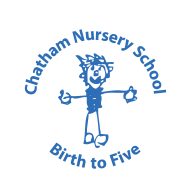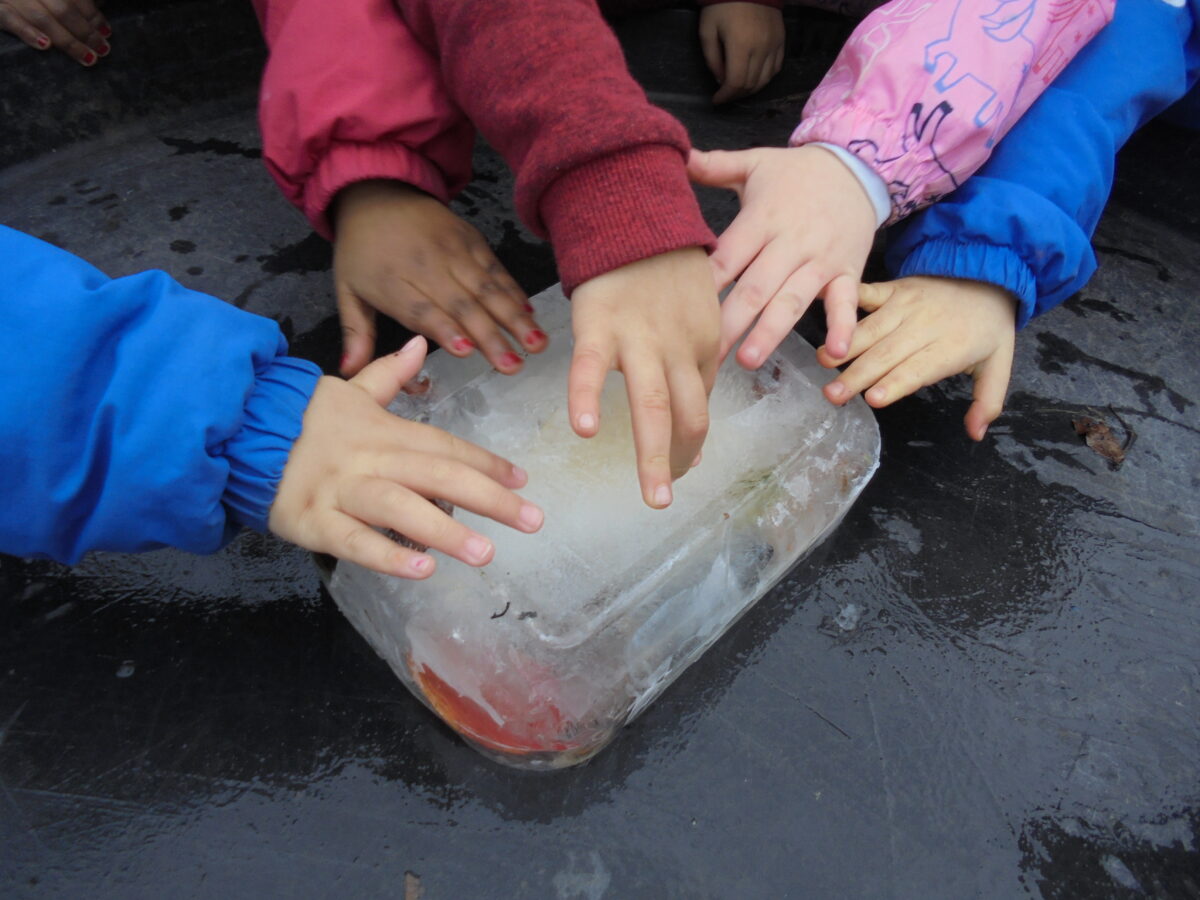There are seven areas of learning; they are all important and interconnected. They have been divided into three prime areas (as these areas are particularly crucial for encouraging children’s interest in learning) and then four specific areas.
The three prime areas are:
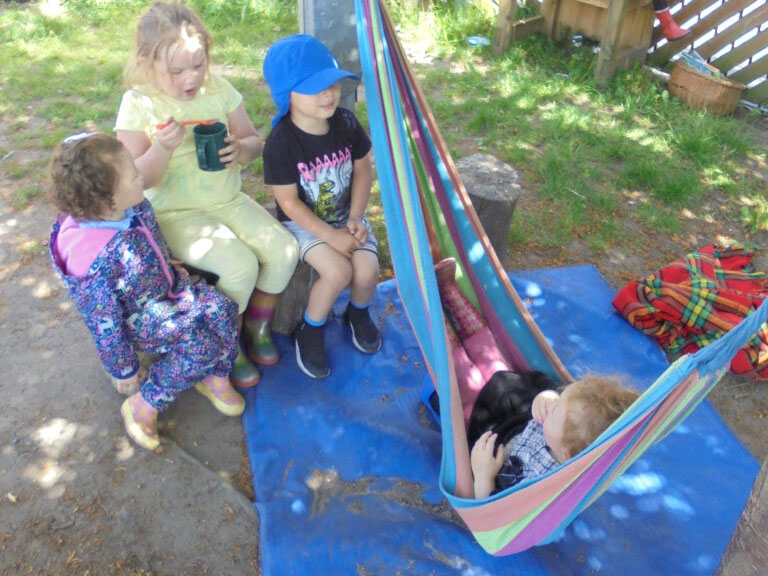
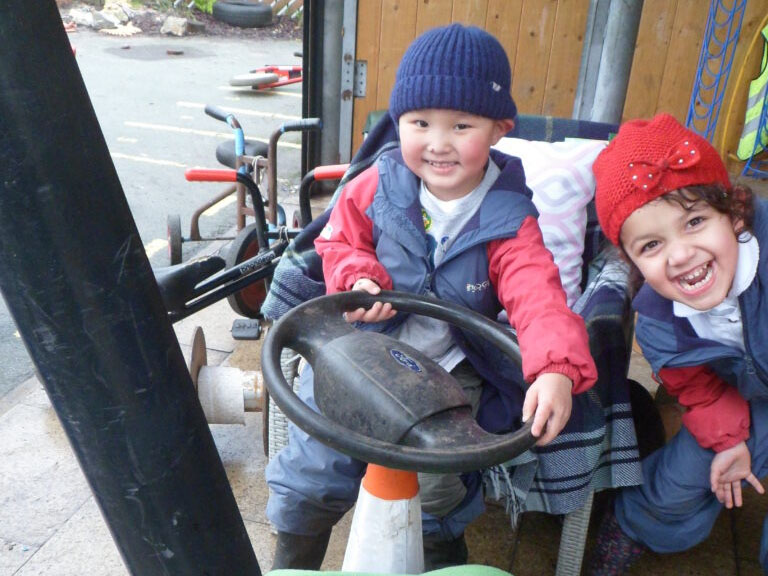
Communication and language:
- listening and attention understanding
- speaking

Personal, social and emotional development:
- self-regulation
- managing self building relationships
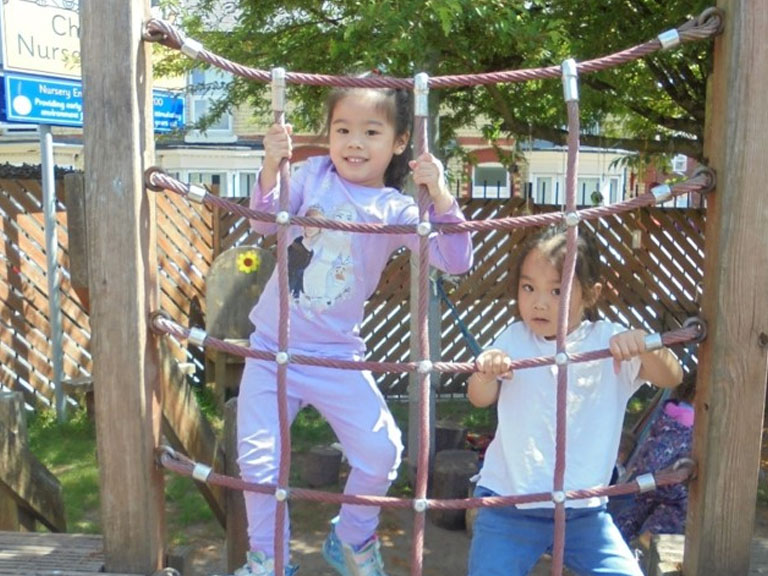
Physical development:
- gross motor skills
- fine motor skills
The four specific areas are:
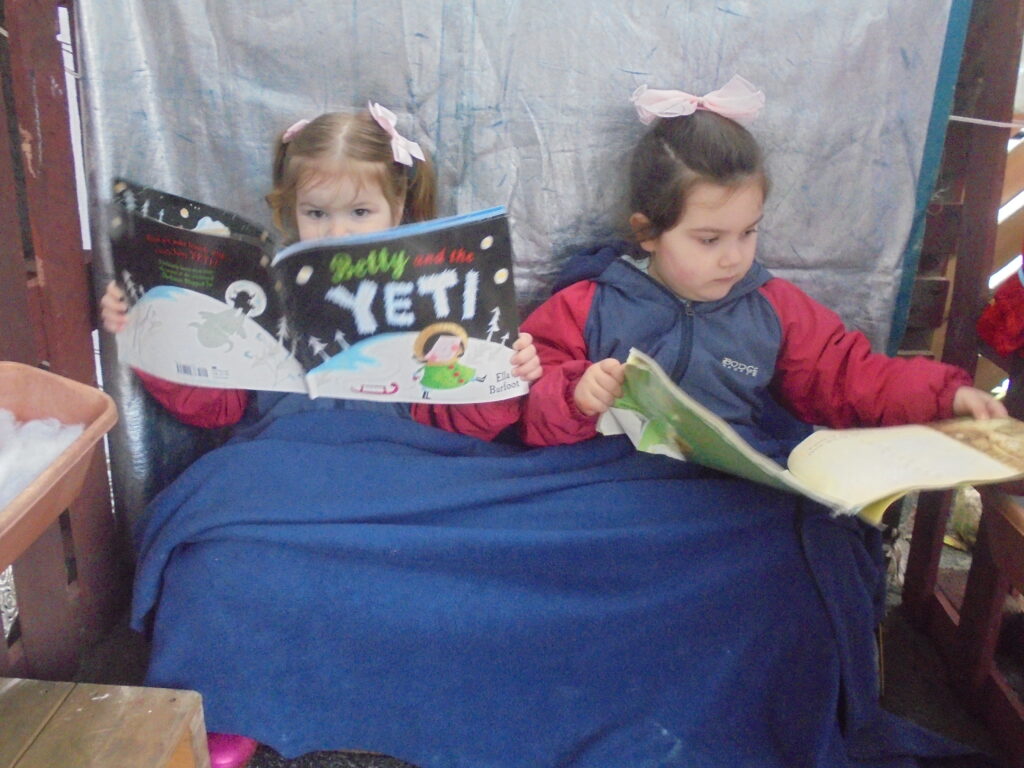
Literacy
- comprehension
- word reading
- Writing
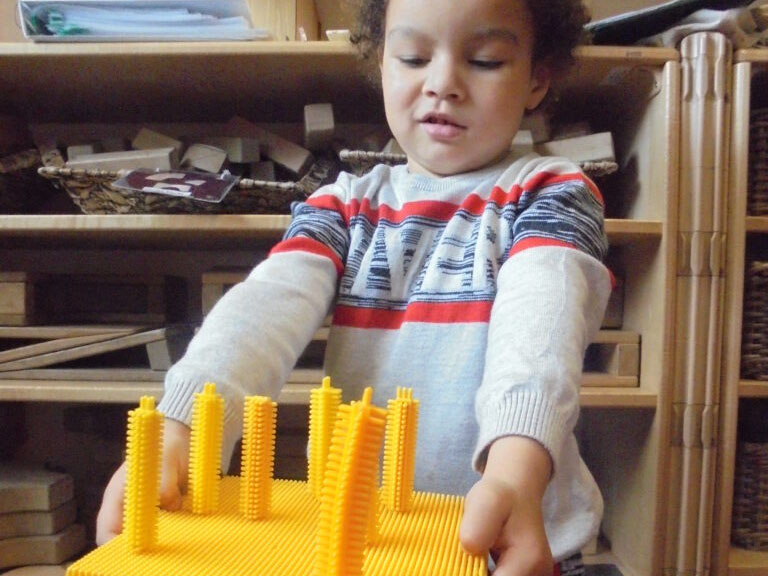
Mathematics
- number
- numerical patterns
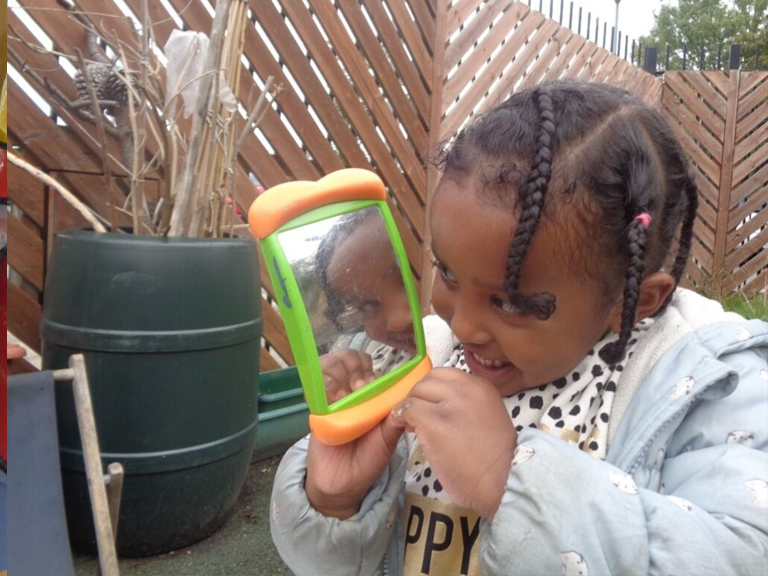
Understanding the world
- past and present
- people, culture and communities
- the natural world
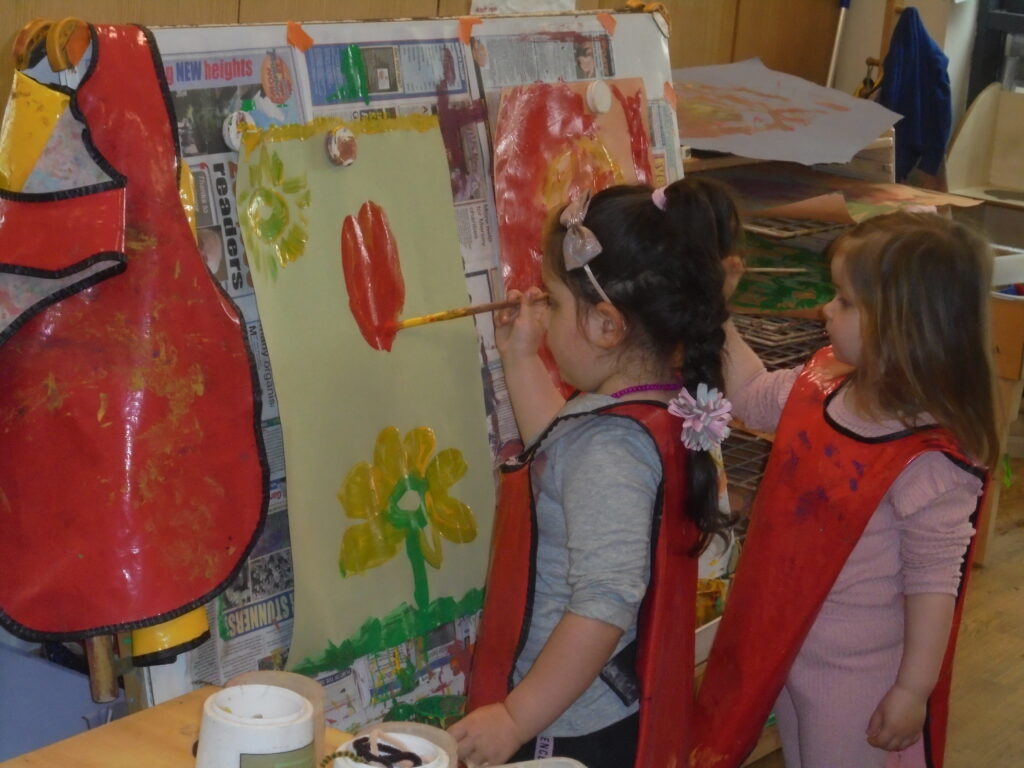
Expressive arts and design
- creating with materials
- being imaginative and expressive.
Characteristics of Effective Learning
Children are powerful learners from birth. They can develop strong habits of mind and behaviours that will continue to support them to discover, think, create, solve problems and self-regulate their learning. Children need consistent lived experiences of autonomy alongside support for their growing awareness and control of the processes of thinking and learning. Play, time, space and freedom to follow their intentions, sustained shared thinking, and experiencing the satisfaction of meeting their own challenges and goals all contribute to development as curious, creative, resourceful and resilient learners.
Three characteristics of effective learning are:
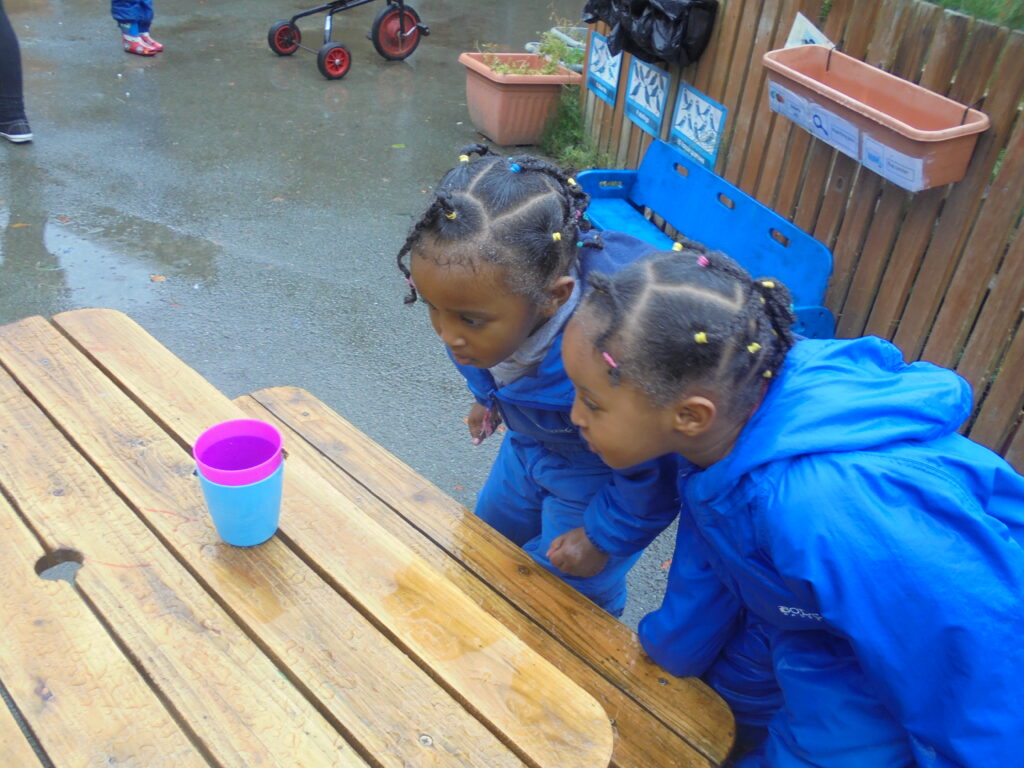 Playing and exploring
Playing and exploring
Children investigate and experience things, and ‘have a go’;
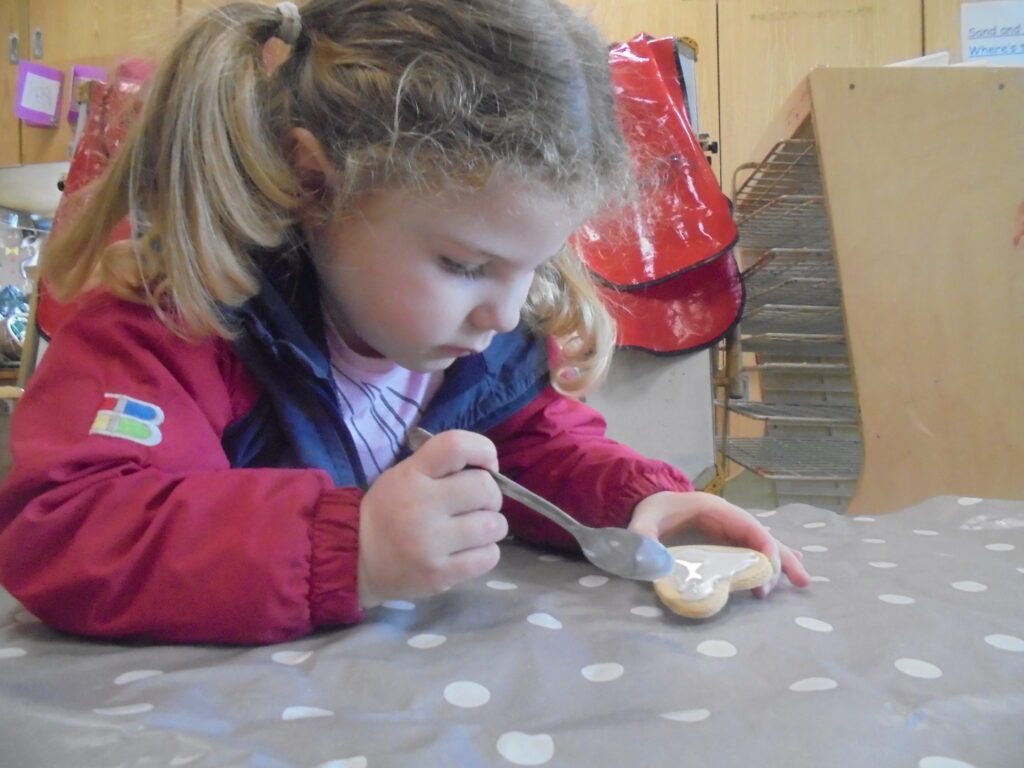 Active learning
Active learning
Children concentrate and keep on trying if they encounter difficulties, and enjoy achievements; and
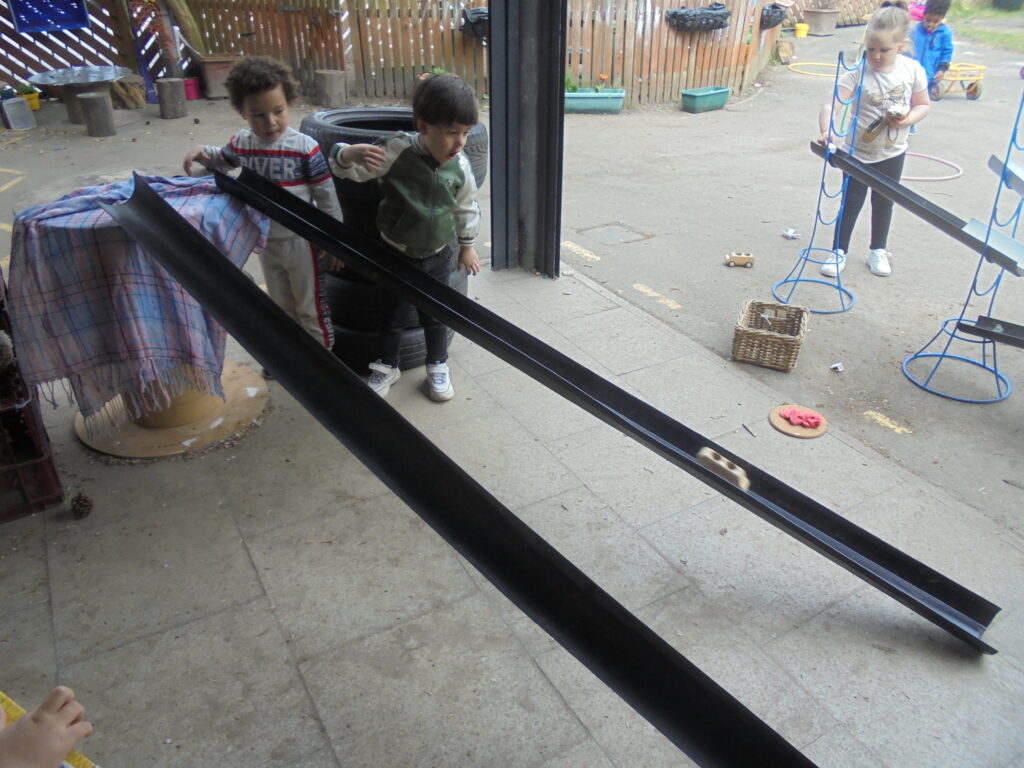 Creating and thinking critically
Creating and thinking critically
Children have and develop their own ideas, make links between ideas, and develop strategies for doing things
